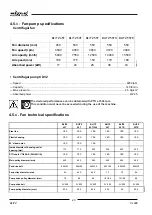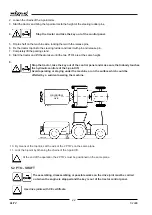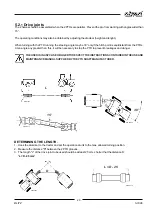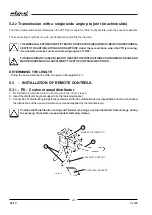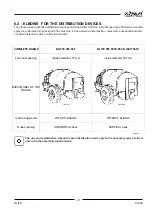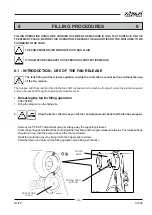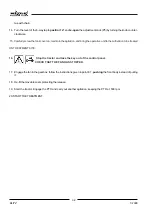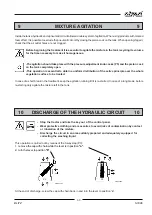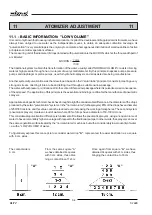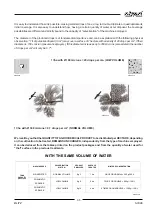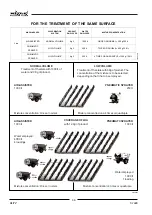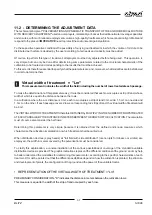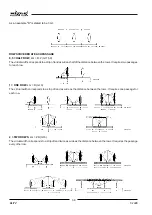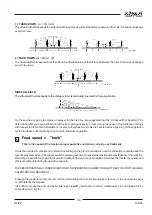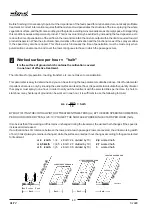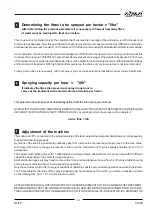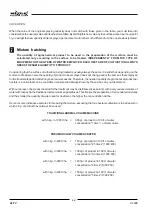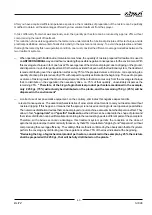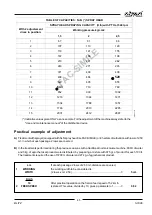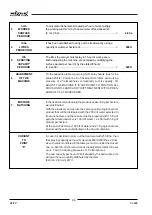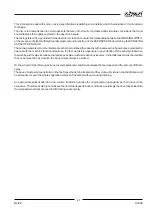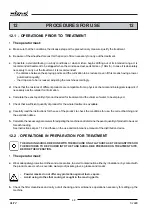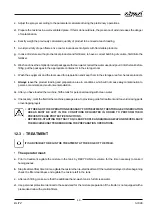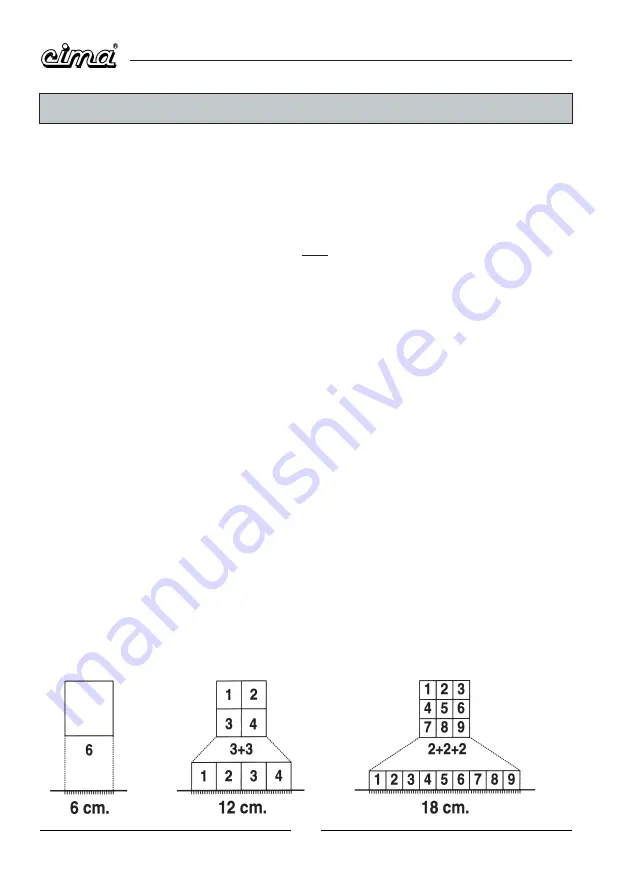
34
BLITZ
5-1996
11
ATOMIZER ADJUSTMENT
11
11.1 - BASIC INFORMATION: "LOW VOLUME"
It is commonly known that to use agrochemical products, in spite of the development of appropriate instruments, we have
always been obliged to use water as the indispensable means, to obtain an adequate cultivation coverage. Its
"pulverization" in very small drops is the only way to complete a homogeneous distribution of small quantities of active
principles over wide vegetation surfaces.
The measuring unit of the diameter of drops obtained with pulverization is the MICRON, which is the thousandth part of
a millimeter:
UMAP077
1 mm
1000
MICRON =
The traditional system to obtain this transformation of the water, usually called “NORMAL VOLUME” consists in forcing
water at high pressure through one or more jets of a very small diameter. By this principle knapsack pumps, pressure
pumps and diaphragm or piston pumps, used for hydrahulic sprayers and air assisted are being manufactures.
Another system of pulverization was then developed, based on the “Venturi tube” principle. It consists in creating a very
strong air stream, directing it into a tube and letting it out through a suitable narrow passage.
The water, without pressure, is introduced into the center of this narrow passage where it is pulverized, as a consequence
of the air speed. The application of this principle is the essential and binding condition for the manufacture of pneumatic
sprayers.
Appropriate and specific technical checks have brought to light the considerable difference in the diameters of the drops
produced by these two "pulverization" systems. In the "normal volume" (turbosprayers) 85% of the drops have a diameter
of 250/300 microns, and this value cannot be reduced even increasing the working atmospheres. The second system
(pneumatic sprayers) creates a cloud of water where 90% of drops have a diameter of 50-100 microns.
This considerable pulverization difference is fundamental! It allows the pneumatic sprayers, using an equal volume of
water,to have a remarkably higher coverage with respect to the traditional pumps. In other words, the sprayers can cover
the same vegetation surface treated by the “normal volume” machines, but with a considerably lower quantity of water,
i.e. with a “LOW VOLUME” of water.
To figuratively express this concept, let us consider water drop
“A”
, represented, for easier illustration as a square
with 6 cm. sides.
The contact side is
6 cm.
From the same square “A”
we have obtained 4 squares
with 3 cm. sides, thus obtai-
ning a contact line of 12 cm.
Once again from square "
A
" we have
obtained 9 squares with 2 cm. sides, thus
bringing the contact line to 18 cm.
"A"
"A"
"A"

